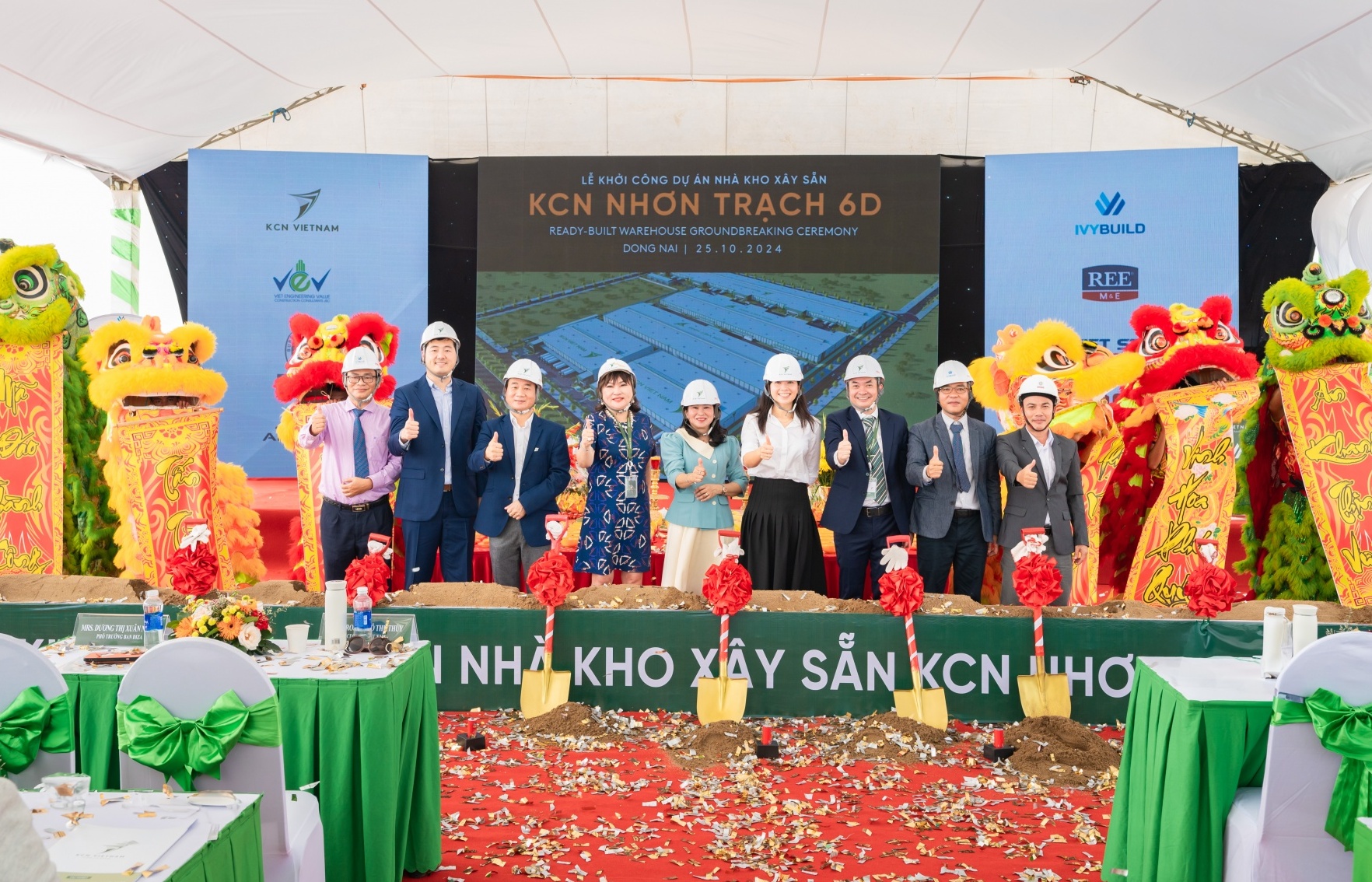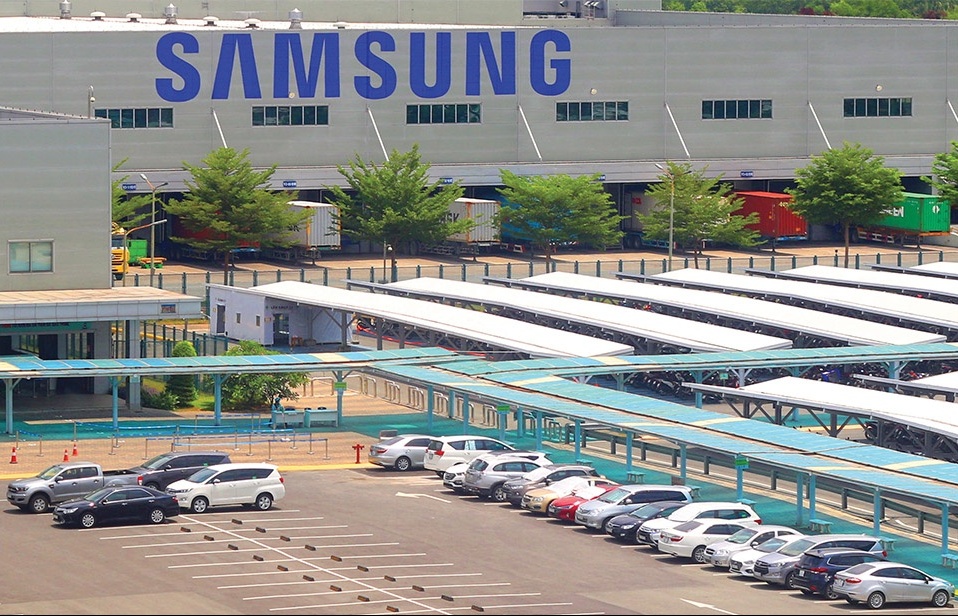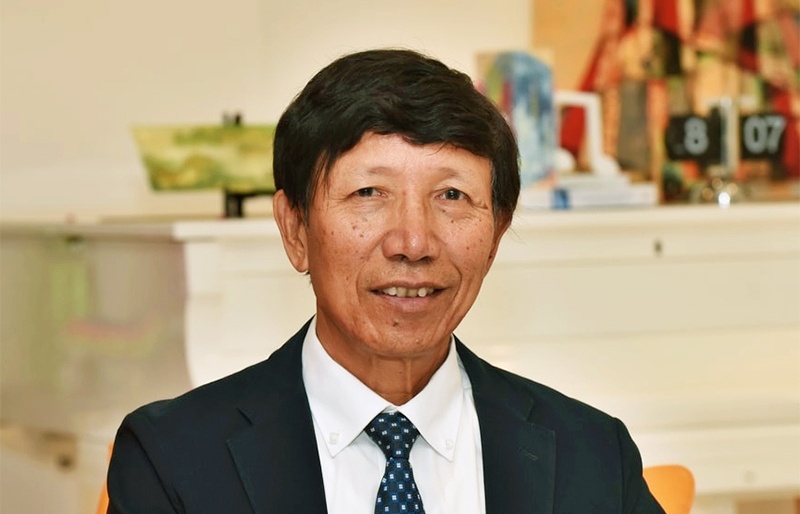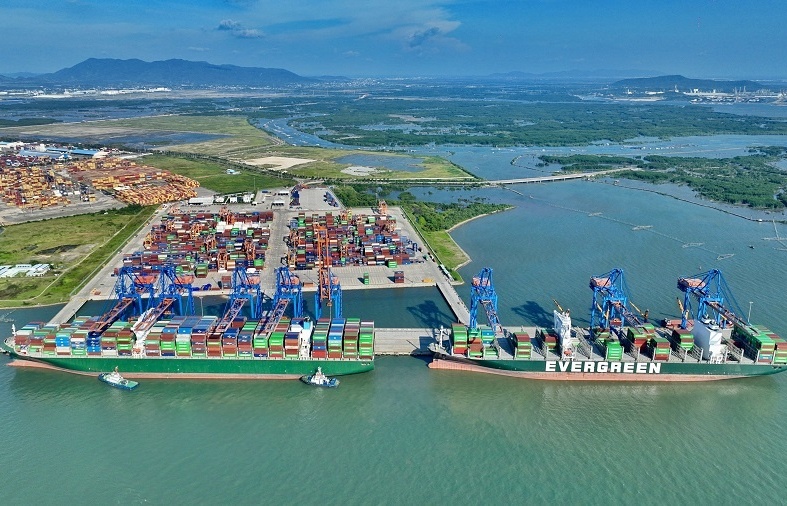Policy must not leave out locals
 |
| Policy must not leave out locals, photo: shutterstock |
 |
| Policy must not leave out locals |
As an expert with years of experience in FDI study, what is your view on the effect of FDI on the Vietnamese economy?
We’ve indeed conducted lots of studies on this matter. The results show that Vietnam has benefited from FDI inflows, but the level of impact is still low.
Specifically, in a recent study, only 4.5 per cent of the 4,162 surveyed companies said that they have transferred their own technology to foreign-invested enterprises (FIEs) – which is very low. Only 5 per cent of domestic companies have received technology transfers from FIEs.
The “ripple productivity effect” of FDI means that FDI inflows have impacted the receiving countries in terms of interactions between domestic businesses and FIEs. This includes transfers of technology, know-how, and expertise, improving the productivity and efficiency of domestic companies.
It is notable that the ability to receive technology transfers also depends on the company size. Our research shows that only companies with more than 50 employees have the capacity to absorb new technologies. Mid- to large-sized companies are also more likely to receive long-term partnership deals with FIEs, thus it is easier for them to absorb such technologies.
For Vietnam, the ultimate goal of attracting FDI should be to improve the efficiency of Vietnamese companies, fostering major Vietnamese corporations that can compete on a global level and enhancing the productivity of the Vietnamese workforce. This is the reality in most developing countries.
After a long time of attracting all kinds of FDI, we’re now shifting to a new era of more selective FDI inflows. Priority is given to capital from developed markets such as the EU or the US and multinational groups. I’d like to suggest that we prioritise FDI inflows that can integrate Vietnam into the global supply chain, starting by becoming suppliers of FIEs already based in Vietnam. The Vietnamese supply chain should also become stronger.
Of course, to achieve this goal, our FDI policy must go hand-in-hand with helping domestic businesses grow, creating a tightly knit system where both sides support each other.
Can you give us an example of this idea?
We already have support programmes for Vietnamese companies, but they remain scattered across different sectors, regions, and organisations. We need to combine these programmes with our national strategy to attract FDI inflows. If we want to lure in multinational companies from abroad, we should support small to medium-sized enterprises (SMEs) here, helping them become suppliers of these global giants. This means support programmes should focus on improving technical standards, business efficiency, and new technology for SMEs.
If we do it this way, we can easily see which SMEs need help and how we can help them get to where they need to be. SMEs that require technology can be assisted with credit access and partnerships with research institutions and universities. At the same time, research studies should focus on how Vietnamese SMEs can become suppliers of FIEs. We don’t have a lot of resources, so prioritisation is needed.
So the national FDI policy should not just address FDI capital inflows, but also how to improve the efficiency of Vietnamese SMEs?
Exactly! From the SMEs’ point of view, this new policy could help them improve their business efficiency and become members of the global supply chain. The biggest question is how our SMEs can become suppliers of existing FIEs in Vietnam.
However, another question is how Vietnamese businesses can start their own supply chain, attracting both domestic companies and foreign partners as suppliers.
Some major conglomerates from Vietnam are already starting to manufacture their own products with supplies from foreign partners.
Of course, to do this, we need a clear strategy for major Vietnamese businesses, especially those with deep pockets. A lesson can be learned from China, as China has managed to foster its own conglomerates with their own technology and supply chains, years after the country opened up and attracted FDI.
In this case, the national policy on FDI inflows can be intertwined with growing our own companies. On the other hand, if such integration does not happen, Vietnam cannot improve its own business efficiency and the independence of its economy even if it continues to attract FDI.
This is a dangerous scenario, because it means FDI inflows will mostly come to Vietnam to take advantage of rewards programmes. When these programmes run out, without co-operation with domestic companies, existing FIEs will move out and new investors will not come in anymore.
What the stars mean:
★ Poor ★ ★ Promising ★★★ Good ★★★★ Very good ★★★★★ Exceptional
 Tag:
Tag:
Related Contents
Latest News
More News
- SABECO to elevate Vietnam's beverage industry to global standards (November 21, 2024 | 17:36)
- ABeam Consulting Vietnam introduces BSQCD Purchasing Strategy Framework (November 21, 2024 | 16:40)
- Major railway requires debt considerations (November 21, 2024 | 12:07)
- Reviving a new life cycle for plastic waste (November 21, 2024 | 09:16)
- Key balances maintained for industrial production (November 21, 2024 | 08:00)
- Ecolean Vietnam honoured with prestigious sustainability award (November 19, 2024 | 10:01)
- HEINEKEN Vietnam’s clear path towards net-zero (November 18, 2024 | 15:13)
- VLCA 2024 honours corporate governance excellence as listed companies raise the bar (November 18, 2024 | 09:00)
- High-tech personnel to drive competition (November 17, 2024 | 09:21)
- Rising use of Generative AI Apps boosts consumer interest in differentiated connectivity (November 16, 2024 | 09:41)

























 Mobile Version
Mobile Version